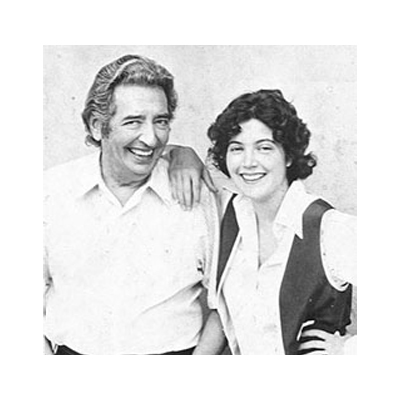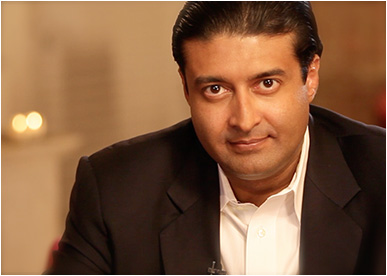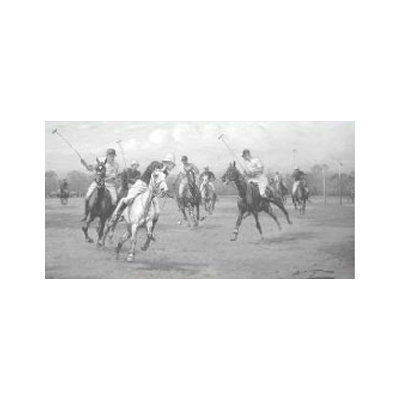My Collections, My Personality - Munjal Shroff
"Collecting is like eating peanuts. You just can't stop". True to the saying, no matter how much top level executives are burdened by work, or meetings, they master the art of time management. Anyhow, they find the time to get back to things they want to pursue.
Nidhi Jain chatted up director and COO of Graphiti Multimedia Pvt Ltd, Munjal Shroff, a person whose brain is forever floating around fantasies of ideas in animation.
Our motivation... must always be to please yourself. Follow your intuition and buy what sings to you. The objects you acquire should give you pleasure and fellowship. -Richard Faletti
As a kid I had a lot of pen friends from all over the world and I was quite fascinated by the different stamps that I used to get from different countries. This is what got me started with my first collection - Stamps.
But my biggest fascination was comics. It was an addiction. I possessed lots of comics, collections which I preserved as bound volumes. Volumes of Mandrake, Phantom, Tintin, Archies and even Jetsons. Though now I have donated most of them to an orphanage.
Now I have collectibles from movies such as Matrix. My prized possession is The Matrix - Platinum Limited Edition DVD Collector's Set which includes an actual frame Senitype 35 mm film strip from the movie and 8 original limited edition lobby card prints. I collect limited edition DVDs of animated films as well.
I also have a lot of 'making-of' books related to my work such as Making of Toy Story, Jurassic park, Bug's Life. I also have many wonderful books called Illusion of life.
Collectors become obsessive and then addicted. You become addicted to art and you can't live without it. - Eli Broad
 I like to collect paintings from different painters, especially unique folk paintings. I am an impulsive collector. Since now the biggest constraint is space, purchasing has slowed down, and also all collectors items require good care. I travel extensively to the countries that are rich culturally. I like buying favourites from street painters & underground music from street musicians in countries like France.
I like to collect paintings from different painters, especially unique folk paintings. I am an impulsive collector. Since now the biggest constraint is space, purchasing has slowed down, and also all collectors items require good care. I travel extensively to the countries that are rich culturally. I like buying favourites from street painters & underground music from street musicians in countries like France.
Recently I incorporated a collection of music by a streetband from Paris called 'Cenizas'. I have a vast and eclectic collection of music, especially instrumental. The collection ranges from Masai Drums from Africa to Uilleann pipes - from the Celtic region.
The cornerstone of great art for me is a work that makes one person exclaim "That's fabulous!" and another ask, "How can you have that hanging in your house?" - Gordon Sondland
 I like my collected stuff to have personality and am very choosy and fussy. I always have had a love for art. During one of my visits to Cannes I had a day to myself. Some locals told me about a small town called Antibes and the Picasso museum there. Since the museum was to open after a couple of hours I decided to walk around this picturesque town. I came across an antique shop run by an old British gentleman. He had an amazing collection of antique maps and lithographs from the 18th century. These lithographs had an amazing amount of detail and were painstakingly hand painted using delicate water colors. The 4" x 6" artworks were stunning. I picked a couple and then the gentlemen gifted me one beautiful rendition of Hotel de Ville - Paris.
I like my collected stuff to have personality and am very choosy and fussy. I always have had a love for art. During one of my visits to Cannes I had a day to myself. Some locals told me about a small town called Antibes and the Picasso museum there. Since the museum was to open after a couple of hours I decided to walk around this picturesque town. I came across an antique shop run by an old British gentleman. He had an amazing collection of antique maps and lithographs from the 18th century. These lithographs had an amazing amount of detail and were painstakingly hand painted using delicate water colors. The 4" x 6" artworks were stunning. I picked a couple and then the gentlemen gifted me one beautiful rendition of Hotel de Ville - Paris.
"Its not that collecting is more noble than the other pursuits of man, its just a lot more fun". - Norman McClean














